Largest diamond, the Cullinan, ever found was discovered in the Premier Diamond Mining Company in Cullinan, South Africa in 1905. The stone, named after Sir Thomas Cullinan (owner of the mine), was 3,106 carats. The rough diamond was cut into seven very large gems and 96 smaller gems. Many of the larger gems are in the crown jewels of the United Kingdom. Idea: Have children illustrate how diamonds are made and how they are cut by visiting: Diamonds.
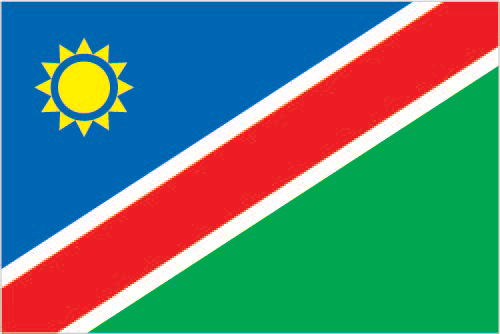
Flag of Namibia
Namibia celebrates Independence Day. It declared itself free from South Africa in 1990. The Kalahari Desert is one of the geographic features of this fairly large (about half the size of Alaska) country. Windhoek is the capital. About 2.2 million people live in Namibia, and many of them depend on mining for jobs. The country is the world’s fourth largest producer of uranium, and diamonds and zinc also contribute to the economy. Children can learn more at: Namibia.
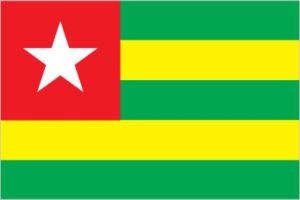
Flag of Togo
Togo celebrates Independence Day. It became free from France in 1960. This long, thin country (slightly smaller than West Virginia) is located on the southern coast of West Africa. The climate is tropical in the south and semiarid in the north. Togo exports cotton, cocoa, and coffee. About 7.1 million people reside in Togo. Lome, located on the coast, is the capital. Children can learn more at: Togo.
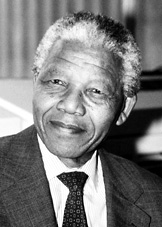
Nelson Mandela
Nelson Mandela was inaugurated as president of South Africa in 1994. The anti-apartheid icon served until 1999 and died in 2013. Children can learn more at: Nelson Mandela.
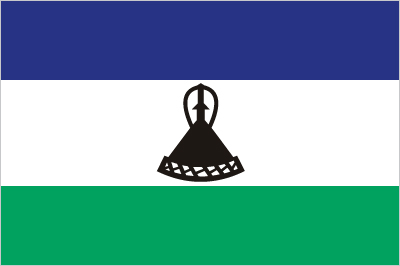
Flag of Lesotho
Lesotho celebrates Independence Day. It became free from British rule in 1966. The country, about the size of Maryland, is entirely surrounded by South Africa. Almost two million people live in Lesotho, and Maseru is the capital. Tourism is a major industry. Older children can learn more at: Lesotho.
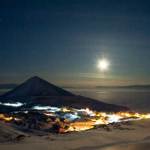
Antarctic Research Facility
Antarctic Treaty was signed by twelve nations in 1959. The original twelve countries are: Argentina, Australia, Belgium, Chile, France, Japan, New Zealand, Norway, Soviet Union, South Africa, United Kingdom, and United States. Today 50 countries recognize the treaty. The continent will be kept as a scientific preserve, and no nation can colonize it. Children can learn about the Antarctic Treaty at: Antarctic Treaty. They can view great pictures of Antarctic animals at: Antarctic Animals.